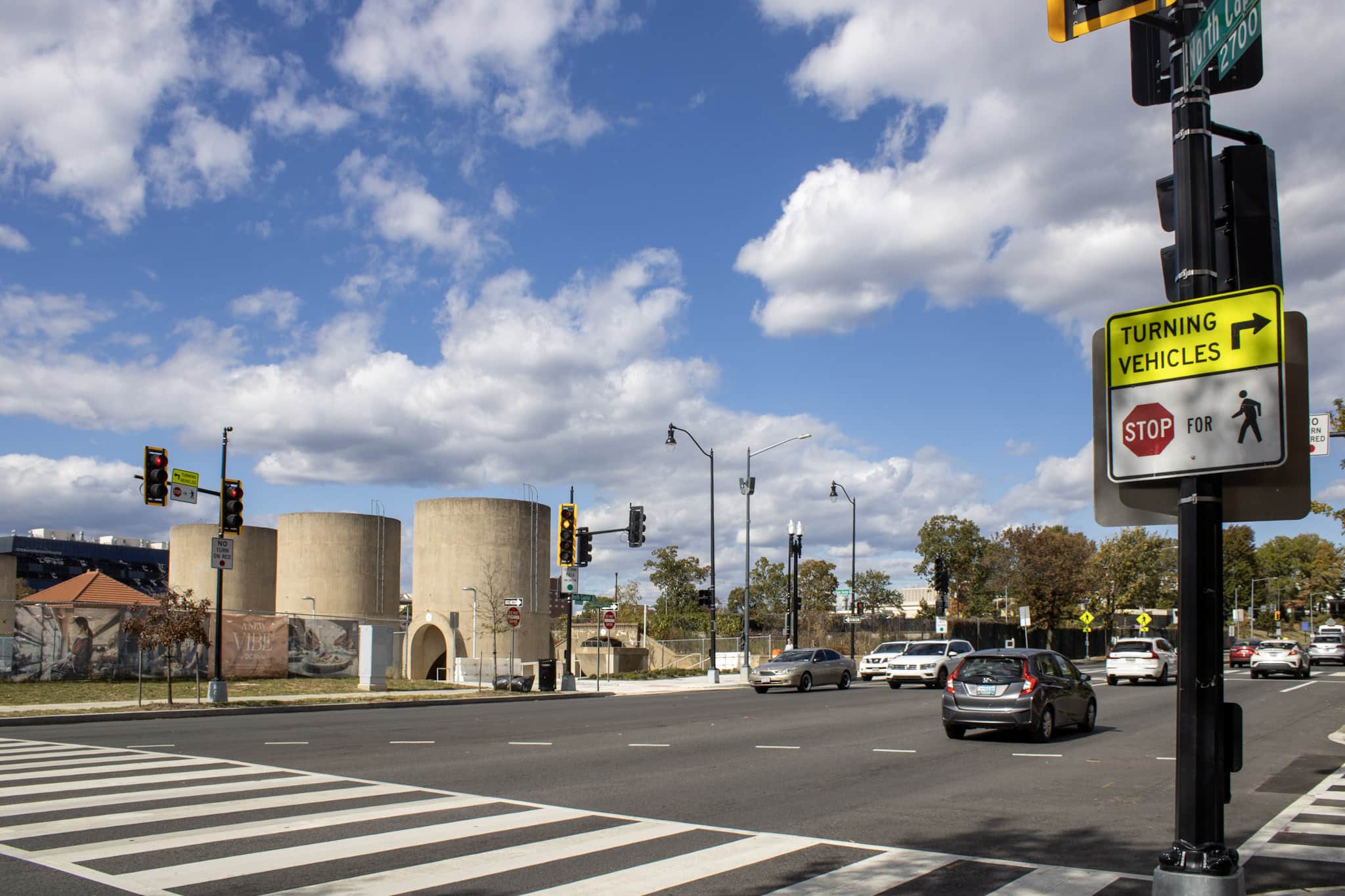
New Richmond Office!
Gorove Slade is excited to announce the opening of a Richmond, Virginia office. By establishing this new location, Gorove Slade can expand its service to our existing clients and connect with new partners on projects throughout Richmond and the surrounding areas.
Carl Hultgren, PE, PTOE, leads the Richmond office, who recently joined Gorove Slade as a Principal. Carl brings over 22 years of experience working on transportation planning and traffic engineering projects, primarily in Richmond and Charlottesville, Fredericksburg, Williamsburg, Harrisonburg, Roanoke, Blacksburg, and Hampton Roads. As a registered Professional Engineer and a certified Professional Traffic Operations Engineer, Carl is equipped to lead various transportation projects, including transportation impact studies, traffic signal designs, parking demand analyses, site access and circulation planning, corridor studies, and collision data analysis. Carl will be supported by a local team of project managers, engineers, and planners in the Richmond office, along with additional support from Gorove Slade’s Fairfax, Alexandria, and Washington, DC offices.
The greater Richmond area is seeing a lot of growth and redevelopment activity, and that brings so many transportation engineering opportunities. I am very excited to bring the excellent service and expertise of Gorove Slade to Richmond and lead the team in the new Richmond office.
-Carl Hultgren, Principal
Gorove Slade has provided traffic engineering and transportation planning services since the company was founded in 1979 in Washington, DC. With the addition of the Richmond office, the firm works out of four locations under the leadership of eight principals and has amassed a portfolio that includes work on landmark projects in the greater DC-Maryland-Virginia region. Gorove Slade’s experience is brought to bear with a client-focused approach supported by practicing principals who assemble a team of subject matter experts for each assignment. Our team of engineers, planners, and designers pride themselves on providing responsive, comprehensive, professional service tailored specifically to each client’s unique needs.
We are excited to be able to put additional resources toward serving our clients and partners in the greater Richmond area. Carl is a tremendous addition to the firm and along with his team instantly gives us a lifetime of knowledge and relationships that will be invaluable to assist our clients’ needs. Our firm has been fortunate as we continue to grow and expand into new markets to keep our core values and relentless focus on client service intact. The Richmond team is a wonderful fit for our organization.
-Chris Tacinelli, President & CEO
The team of engineers and planners take a multimodal approach to projects, bringing expertise on the functionality and interdependence of facilities that serve cars, pedestrians, bicyclists, and public transit. Gorove Slade aligns itself with clients’ objectives to create remarkable places that are both efficient and safe.
With experience across land uses, Gorove Slade applies knowledge of the unique transportation characteristics of each land use to identify opportunities for our clients to improve plans by recommending safe, efficient, and attractive links to transportation networks by helping reduce the need for and cost of parking, and by identifying programs that encourage people to walk, bike, and use public transportation.
The new office is in the Innsbrook Corporate Center at 4951 Lake Brook Drive, Suite 250, Glen Allen, VA 23060.
